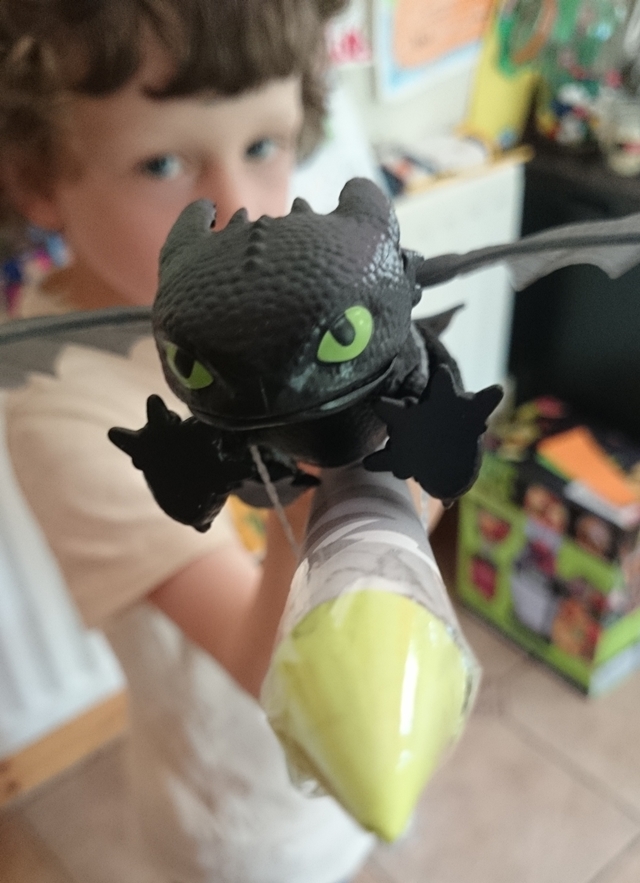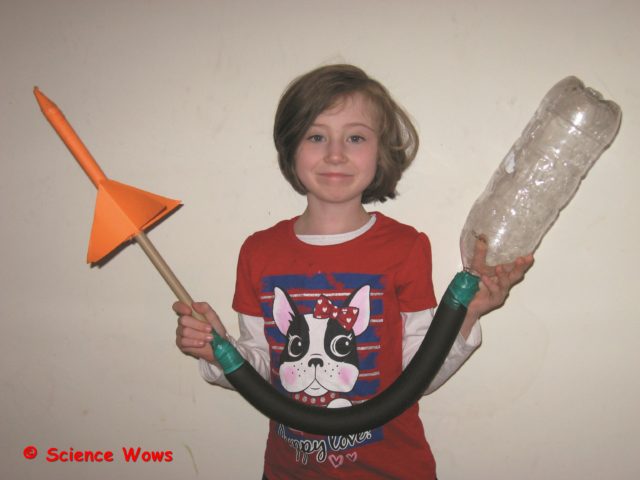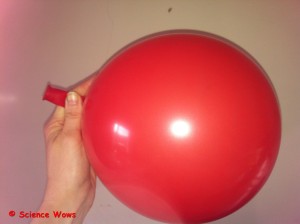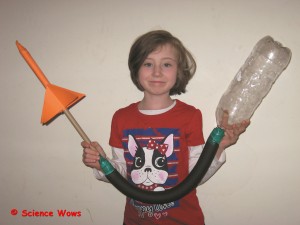There is lots of excitement in the house today; and we are not talking about the start of the Summer holidays, we are talking about the arrival of the all new action packed series … Dream Works Dragons: Race to the Edge! … released on Netlfix, today, Friday 26th June.
The popcorn is bought, the couch is booked and the whole family plan to start the holidays off in style tonight. And there will be the newest member of the family squeezing in too… this little guy.

My youngest is a huge fan of toothless so imagine his excitement when a package arrived from Netlfix this week containing his all-time favourite dragon, along with his trusted side kick – Hiccup! My only worry is that dragon and small boy will be asleep before they even get to watch their favourite series – such is the level of action that the two adventurers have already clocked up.
First off, toothless is a flying dragon, as we all know, so small boy enlisted a little help from science to get his friend airborne… Newton stated that every action has an equal and opposite reaction and that is what both boy and dragon counted on with this little stunt!
Did it work? Well, it certainly got toothless flying right across the room but eventually the pair decided that they needed more height and distance and turned their attention to rocket power. They constructed a stomp rocket and the fearless dragon was taped to the rocket, secure and ready for launch. Test flights gave good results in the corridor until Mum decided that it was an experiment best brought outdoors. Boy and dragon were very happy with the flight distances that this little adventure achieved.
Happy, but not completely sated, they decided that distance was good but they wanted a little more height… time to bring in the big guns and launch a bigger rocket. At this stage they were wisely persuaded that the fearless dragon should, at least, be wearing better safety gear… so they built him a helmet!
Onwards and upwards, toothless was strapped in place and all set for launch.
5, 4, 3, 2, 1…
What goes up, must come down!
A successful flight, awesome heights, and a relatively soft landing (if you are made of hard plastic and wearing that, oh so important tinfoil helmet). Maybe they didn’t make it into the stratosphere but the dragon certainly earned his wings… and a good night’s sleep!
Check out the action packed new series on Netflix for more great adventures…
And if you have any little adventurers in your home that are rocket crazy here is how to make these rockets…
STOMP ROCKET
You will need:
an empty 2L plastic bottle, paper, insulation tape, a 1/2 inch PVC pipe, a length of rubber tubing;











